PHOTOS: How we rolled out the mandatory mask message to 1600 buses
PHOTOS: How we rolled out the mandatory mask message to 1600 buses
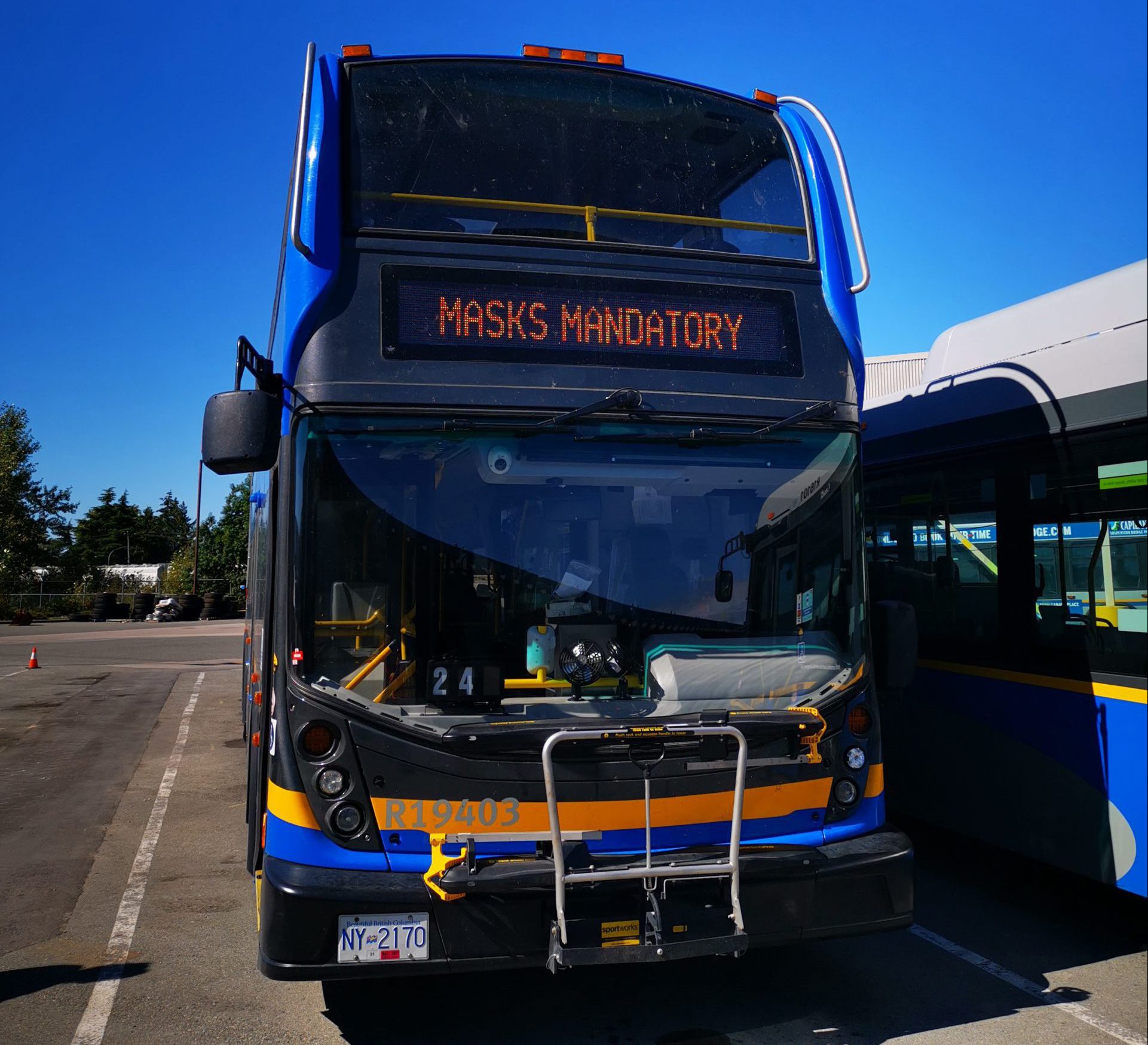
Things are buzzing at TransLink and its operating companies as the mandatory mask policy came into effect today, Monday, August 24. We’re rolling out a robust marketing campaign and social media push that includes new and updated decals and signs, as well as customer notices and a new message for the destination sign on more than 1,600 buses.
That means starting today, the destination signs found on the front and sides will not only show the route information, but also “MASK MANDATORY.” This is another highly visible way we’re communicating the message about mandatory masks to our customers.
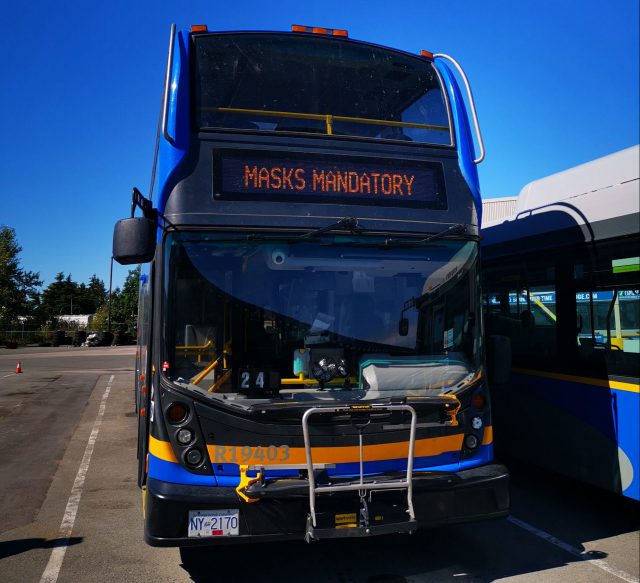
But, have you ever wondered how the “MASK MANDATORY” message and other messages like “HAPPY HOLIDAYS” and “GO TEAM GO” get onto the destination signs?
The process is less straightforward than it may seem at first glance. It involves multiples steps and coordination among the various teams who are responsible for implementing the customized messages across more than 25,000 destination signs spread across over 1600 vehicles and six bus depots!
There are two types of messages that can be displayed on the destination sign. The first is always the route number with the destination, or “SORRY, NOT IN SERVICE” if the bus isn’t carrying customers. The second type of messages convey information like, “HAPPY HOLIDAYS,” or “SORRY, BUS FULL.”
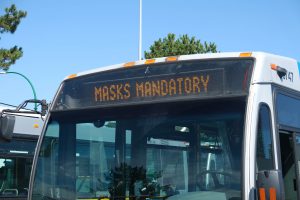
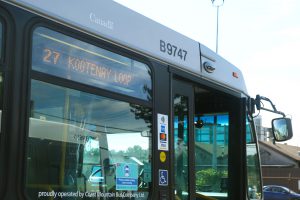
So, how do these messages get onto the buses? Each bus actually has to be individually programmed!
Our IT staff customize these messages and program all the programmers, which can either be a USB, Flash Card, Proprietary Programmer Boxes or other devices. The programmers are then handed over to depot’s electronic technicians to load all the routes and PR messages onto the bus using the programmer.
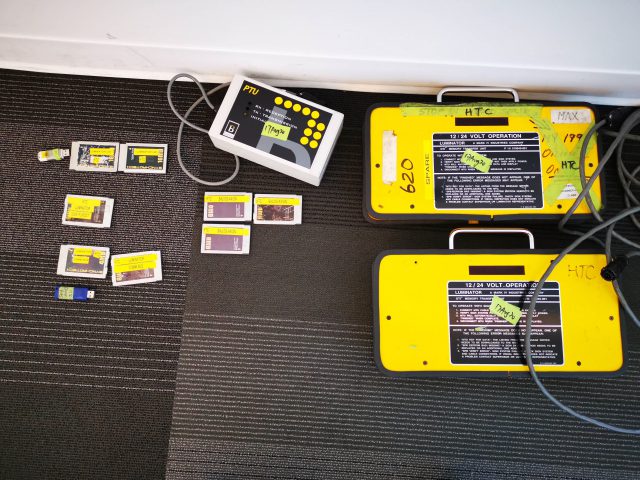
Believe it or not, that’s actually not the easy part!
Each message from the database has an assigned code, which is exported into the scheduling system. A specific message can be also entered manually by using a bus blind key pad.
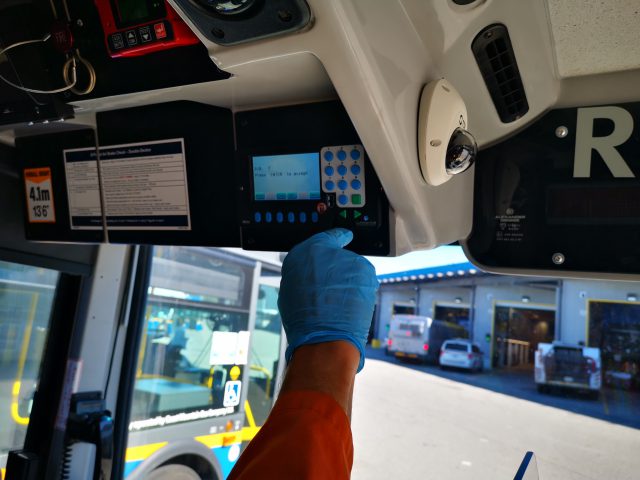
Numerous things need to be considered during this process. Because our vehicle inventory is diverse, different vehicles require different hardware and software programs.
Our IT staff need to customize the content and format of individual messages with the consideration of small details, such as if the length fits the screen, the readability of display, if the information should be displayed in rows stacked or does the message need to flip.
Because of all these nuances, team collaboration has been the key in ensuring we could implement all the changes right on time!
With masks mandatory starting today, we’d like to thank you our customers for their support and understanding. By wearing a mask we will help keeping our communities safe on transit.






Buses should be able to display “Happy Pride” during the month of June. ?